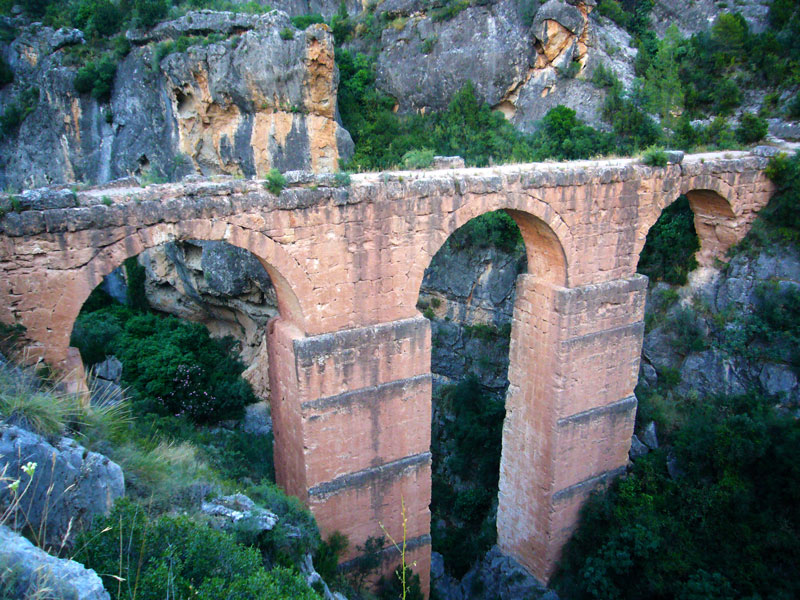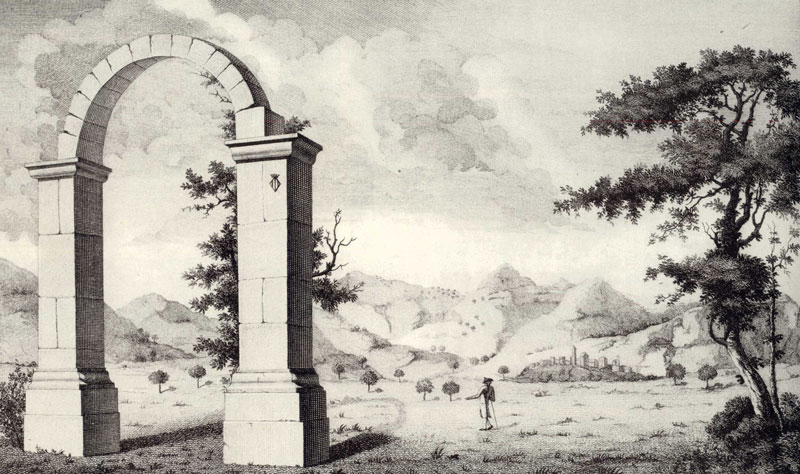
Introduction
The project ‘The Built and Represented Cultural Landscape’ proposes an approach to the concept of the cultural landscape that transcends the physical territory. It aspires to expand the current view to different historical periods and to processes that make up the diachronic sequence, and to do so from the perspective of the History of Art and, more generally, Cultural History, in which Visual Culture plays an important role.
Nonetheless, its methodological approach is plural and receptive to angles offered by other areas of knowledge. The spatial and temporal framework of the main object of study is the Valencian context from the thirteenth century to the present day.



General goal I: The built cultural landscape
To delve into the historical and cultural evolution of the built landscape by identifying its elements and characterising its main features over time, in order to highlight the relationship between human activity and the cultural vision of the environment as an element of identity, recognition and the expression of ideals.
General goal II: The represented cultural landscape
To explore the historical and cultural evolution of the represented cultural landscape by identifying its elements and characterising its main features over time and highlighting the influence of social, political and cultural events over artistic production.
Work philosophy
We take a detailed approach to the concept of the cultural landscape in different historical periods, with a thorough exploration of the documentation and sources that provide evidence of the sensory and, above all, mental perceptions that make up social and subjectivised landscapes.
The project looks at the built cultural landscape in situ, from monuments to nodes and networks, and the represented cultural landscape in visu.
Four lines of inquiry have been established to be approached from both the ‘built’ angle and the ‘represented’ perspective:
- The landscape’s cultural milestones
- The landscape as a cultural construction
- The landscape as a work of art in the territory
- Public works as landscape creators
Transfer of research results through digital humanities tools, specialist forums and initiatives aimed at contributing to the identification of cultural values that foster social recognition and appreciation, protection and sustainable management policies.
THE CONCEPT OF THE CULTURAL LANDSCAPE
The European Landscape Convention of the Council of Europe was signed in Florence in 2000 and came into effect in 2004. It defines ‘landscape’ as ‘an area, as perceived by people, whose character is the result of the action and interaction of natural and/or human factors’ (art.1), including ‘natural, rural, urban and peri-urban areas (…) land, inland water and marine areas. It concerns landscapes that might be considered outstanding as well as everyday or degraded landscapes’ (art. 2). The document also emphasises aspects like society’s role to play, perception of the landscape and its consideration as an element of well-being and identity.
In 2012, the National Cultural Landscape Plan was passed in Spain, which defines the cultural landscape as the ‘result of the interaction over time between people and the natural environment, the expression of which is a territory perceived and valued for its cultural qualities that is the product of a process and foundation for a community’. It highlights the multifaceted nature of the cultural landscape – in which the natural and cultural and the material and immaterial coexist – and the way it shifts constantly, as it is subject to environmental, social, economic and cultural processes over time.
Many disciplines have dealt with this concept through various branches of knowledge and with different perspectives, thus contributing to the archaeology of the landscape, the geography of the landscape in the territory, and territorial and urban planning, among other areas, and attracting attention from historiographers of different historical periods, with all sorts of focuses. Our focus is on identifying the cultural qualities of the landscape through the lens of the History of Art, though with an approach open to different methodologies and permeable to other areas of knowledge.
